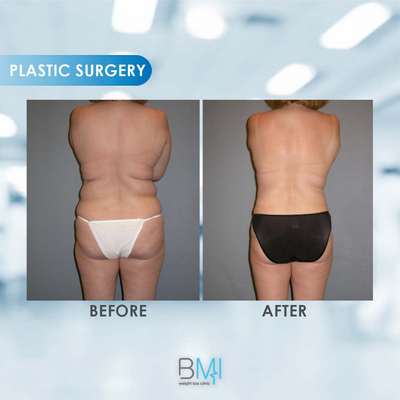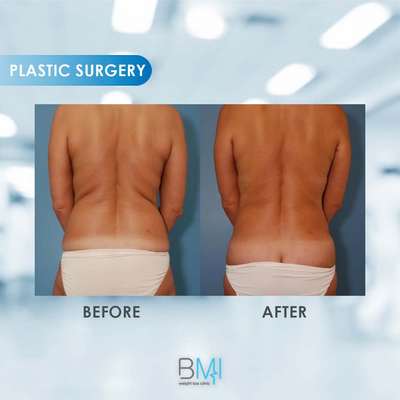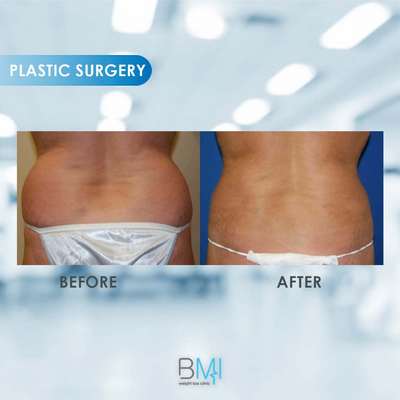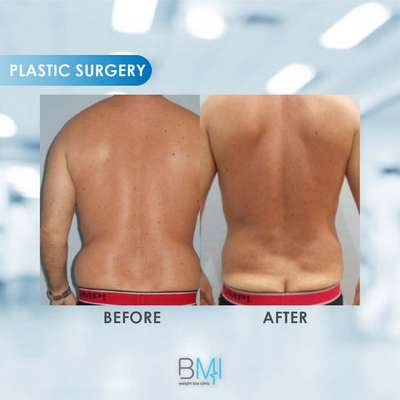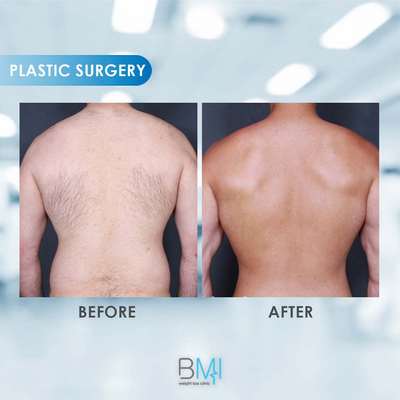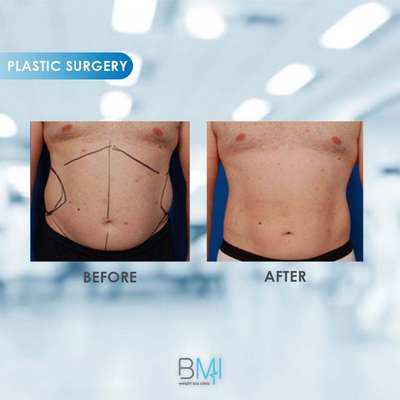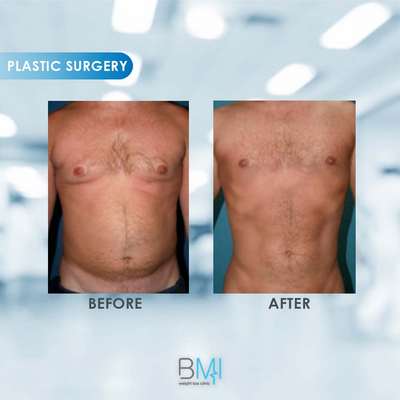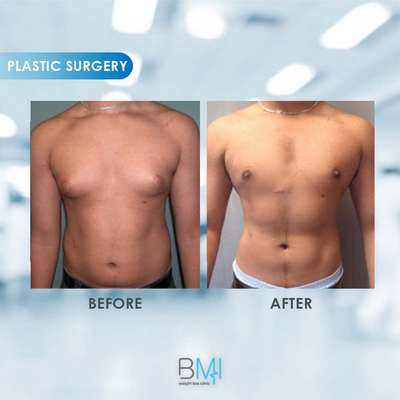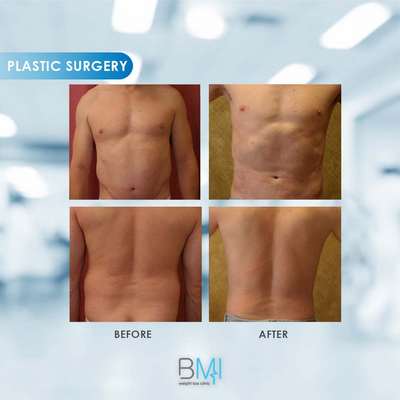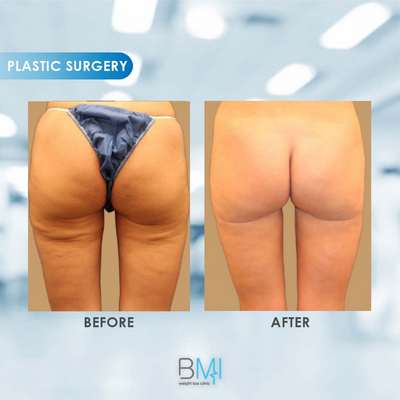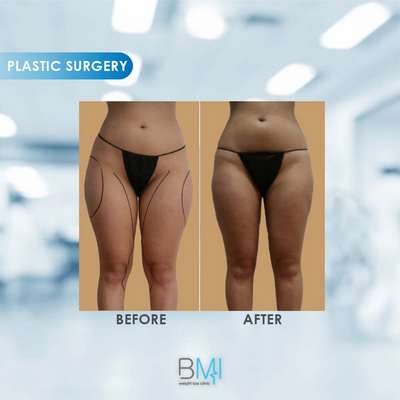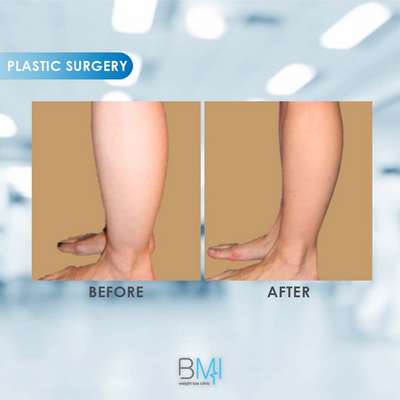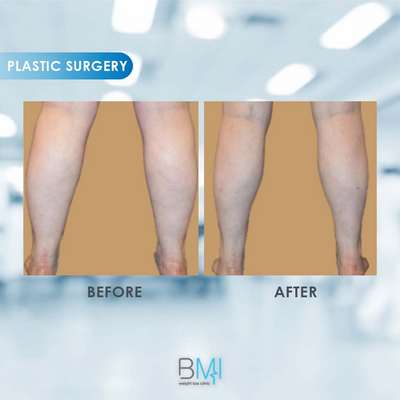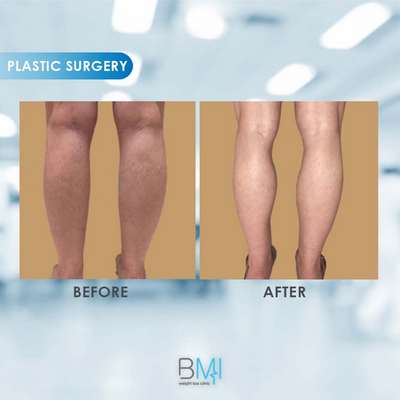WHAT IS LIPOSUCTION
Improved techniques over the years have ensured the safety of liposuction and made it much less painful. Some of the newer techniques include:
- Ultrasound-Assisted Liposuction: This technique liquefies the fat using ultrasound, making the fat easier to remove. This particular technique is useful when fat needs to be removed from the back, sides, and upper abdomen.
- Tumescent Liposuction: With this technique, a local anaesthetic is used for numbing the area where the tube will be inserted. An anaesthetic solution containing epinephrine and lidocaine is injected into the fatty tissue, followed by traditional Liposuction. This technique might not require the use of general anaesthesia.
- Laser-Assisted Liposuction: With this technique, low-energy waves are used to liquefy the fat, which is then removed via a small Cannula.
Following Liposuction in Lebanon at Advanced BMI
Once the procedure has been completed, the treated area of your body will be very firmly wrapped to reduce pain, bruising and swelling. Depending on which part of the body received the Liposuction treatment, a support hose (like the ones used for treating varicose veins), elastic bandages and tape, a special girdle, or other firm-fitting garments may be used. The compression garment should be worn for three to four weeks. The first seven to ten days will involve a lot of swelling and bruising.
You may be given antibiotics to prevent infection. It should be noted that there might be fluid draining from the incision site for a few days.
Once the treatment is completed and any sedation or anaesthesia effects have worn off, most patients are up and moving around. As soon as you feel comfortable you can return to your normal daily activities; however, this could take a few days or even a few weeks. In general, most people are back at work after a few days. Of course, if the area treated was quite large, then it may take longer to get back to normal.
WHY HAVE LIPOSUCTION
Liposuction is sometimes combined with other cosmetic procedures, such as breast reduction, face lift, or abdominoplasty (tummy tuck). There are other medical conditions where Liposuction can be quite useful, such as:
- Lipomas – non-cancerous fatty tumors
- Gynecomastia or Pseudogynecomastia: abnormally large breasts in men
- Lipodystrophy: Issues with the metabolism of fat in the body
- Axillary Hyperhidrosis: Extreme sweating in the armpits
How Effective Is Liposuction?
In general, Liposuction is quite effective in reducing deposits of fat in small areas. It should be remembered that, if you gain weight after Liposuction, the fatty bulges that were removed with the treatment could return, or may appear in a different area.
Immediately after surgery, you will notice a small improvement in the contour of your body. Improvements will continue for many weeks, even months, as the swelling continues to reduce. It could be many months or a year before you see the full effects of your Liposuction treatment.
Liposuction does not usually tighten skin over the treated area, except for laser liposuction. After the removal of fat, the skin in that area could become quite loose. Allow about six months for the skin to tighten. Younger skin usually has great elasticity and may retract quicker than an older person’s skin, and others just have very elastic skin.
People who think Liposuction will help them lose weight will be very disappointed.
Common Liposuction Areas
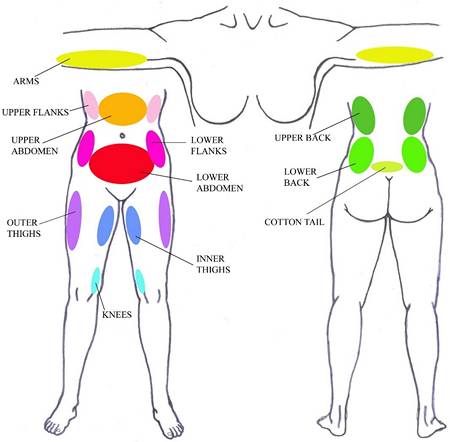
ARE THERE RISKS WITH LIPOSUCTION?
The following are common side effects following Liposuction:
- Temporary bruising, swelling, numbness and soreness in and around the treated areas;
- Minor scarring and irritation at the incision sites where Cannulas were inserted;
- Rippling or baggy skin; this changes after a few months, but for some people the skin may remain quite loose.
Other Less Common Side Effects Include:
- Colour changes to the skin;
- Uneven surface of skin over the treated areas;
- Damage to the skin and nerves. This may be due to the skin or tissue under the skin becoming damaged because of the heat generated during the ultrasound-assisted Liposuction treatment.
If, after Liposuction, you gain weight, your body will store this new fat in a different place than where you had the Liposuction treatment. New fat can develop deep inside the body around organs like the heart and liver. This is harmful fat, much more harmful than fat that is stored on the surface, like your thighs or hips. This means that once you have had Liposuction surgery you must be careful to maintain a healthy weight.
Rare, but Dangerous Complications
It is extremely rare, but death can occur with Liposuction. The more fat you are having removed, the more obese you are, and the more health problems you have, the more the risk of complications increases. Some other complications can include:
- Excessive fluid and blood loss, causing shock, but this is highly unlikely;
- Blood clots, or fat clots, which could move to the lungs, causing a pulmonary embolism, which is life-threatening;
- Pulmonary Edema, which is a build-up of fluid in the lungs. This can occur following the injection of a large amount of fluid into the body;
- Infections. Antibiotics are given either before or following Liposuction to ward off infection;
- Lidocaine Toxicity: this is an adverse reaction to the solution injected, particularly when large or multiple areas are treated simultaneously;
- Damage to an organ, like the spleen, or a puncture into the cavity containing the abdominal organs.
Liposuction should not be an option for pregnant women and for anyone with heart damage, including people who have thrombophilia (a blood clotting disorder in which the blood clots too easily or excessively).
If you are interested in any cosmetic procedure with Dr Nagi Jean Safa, please contact us
